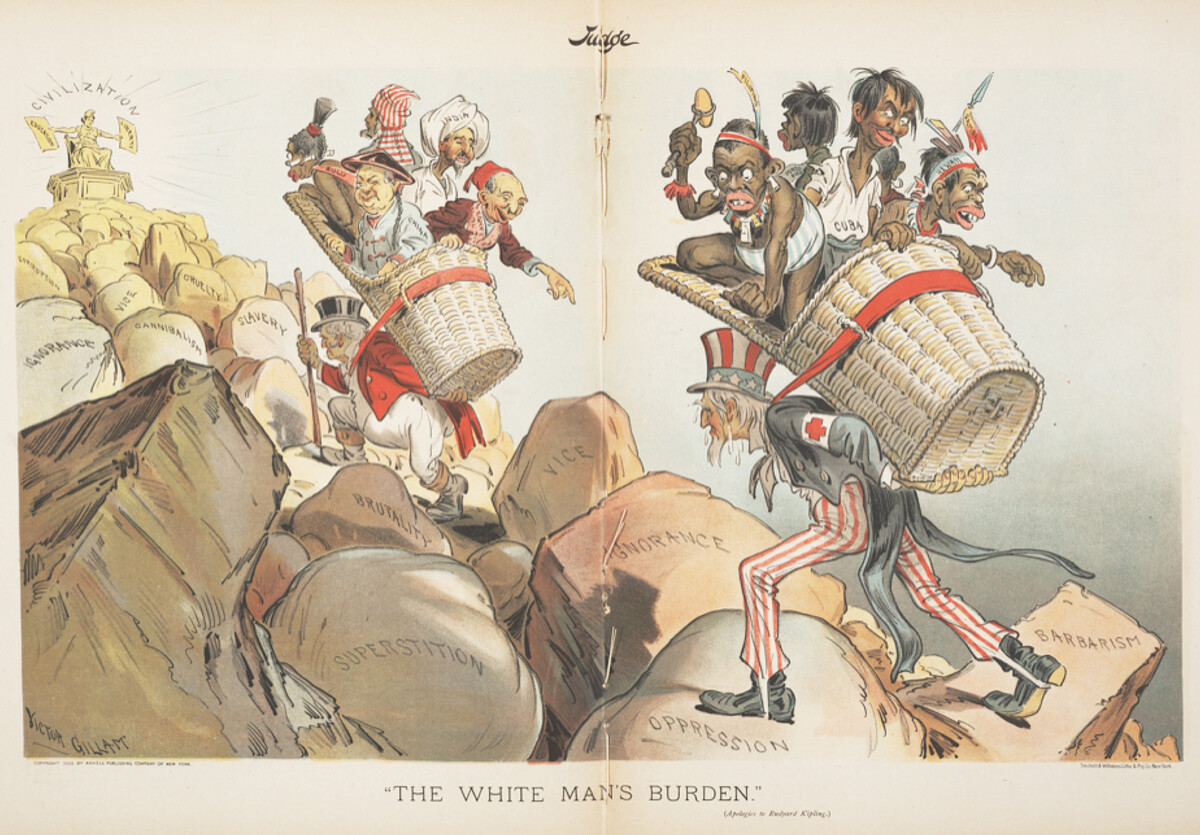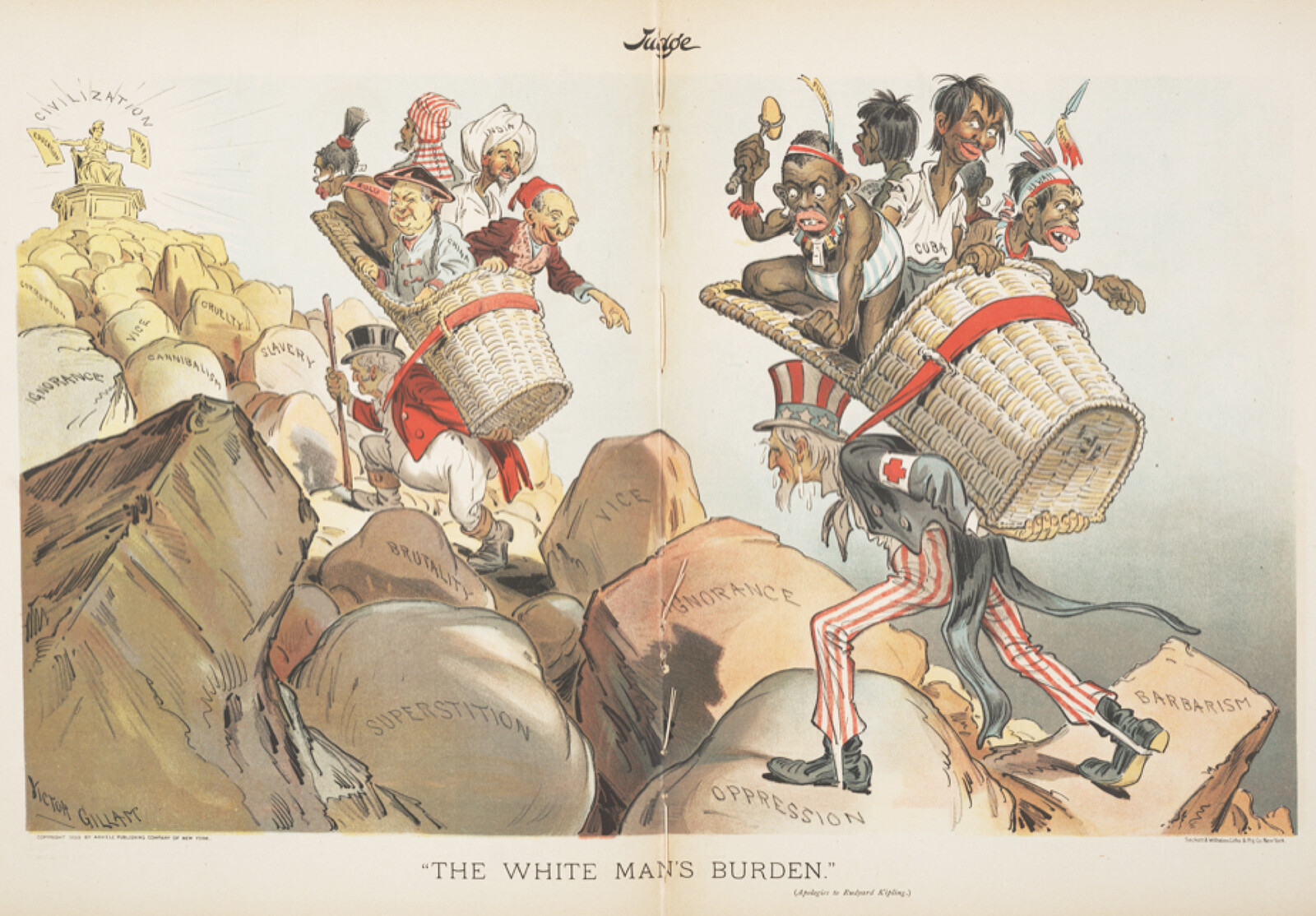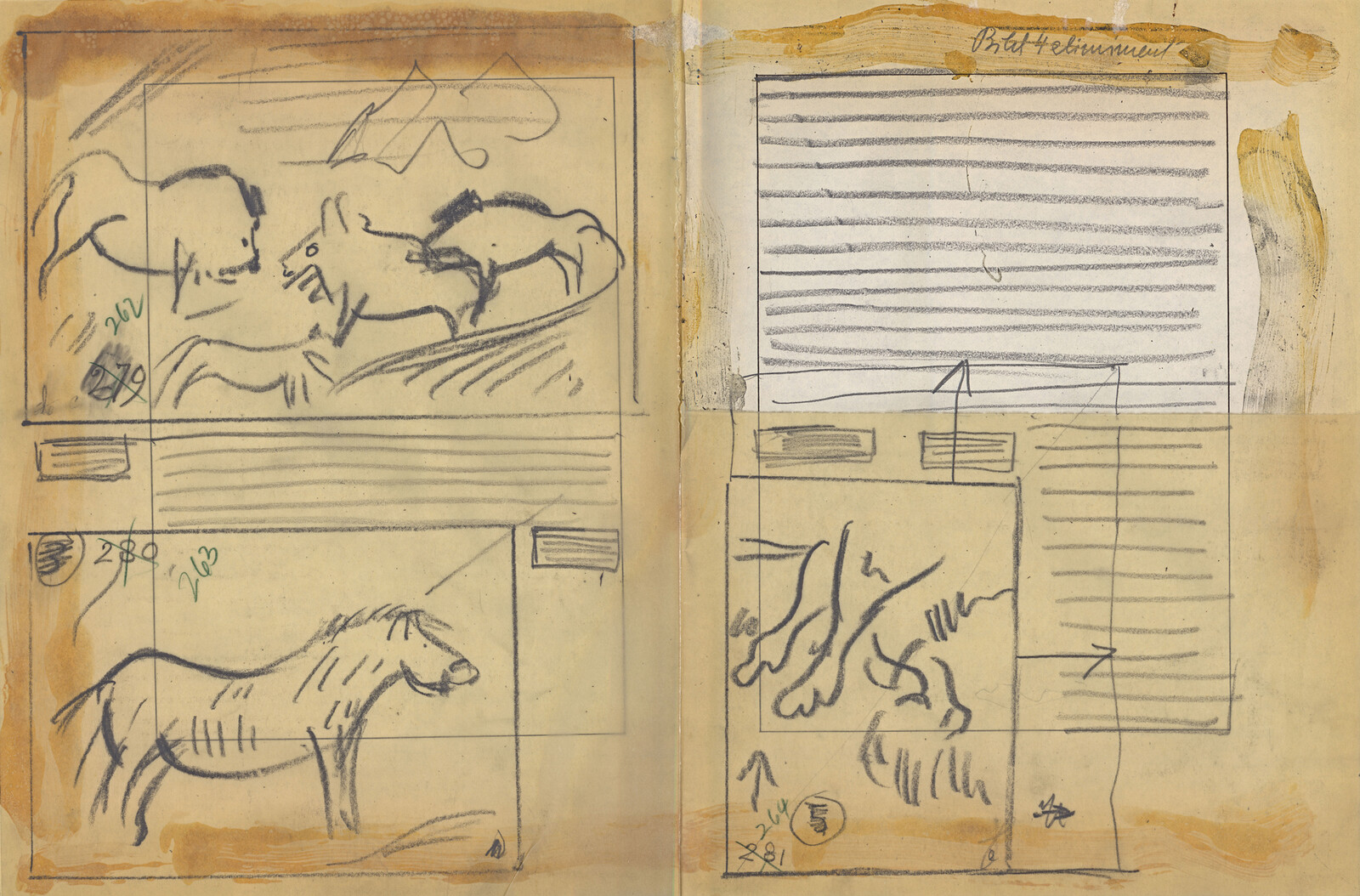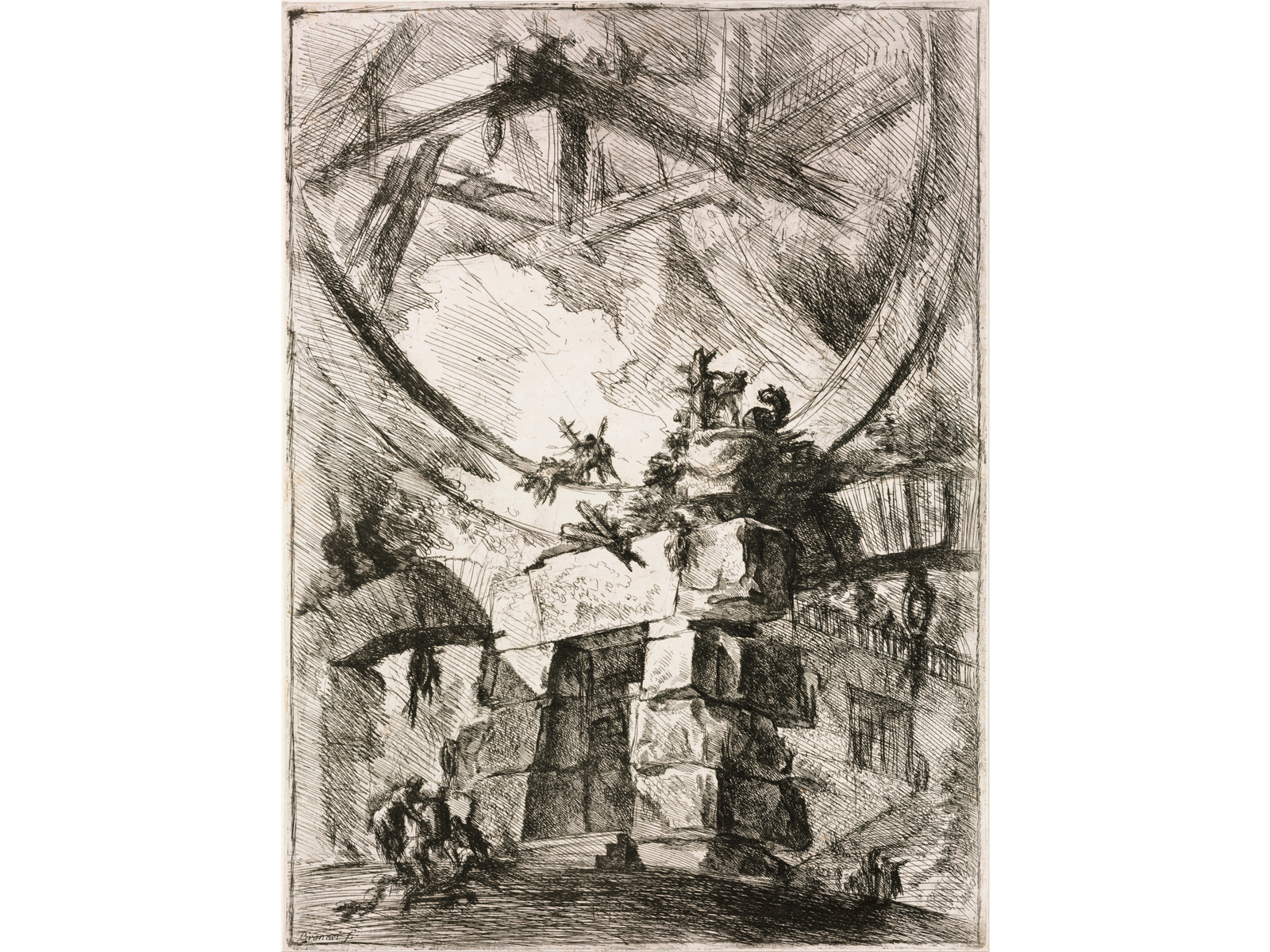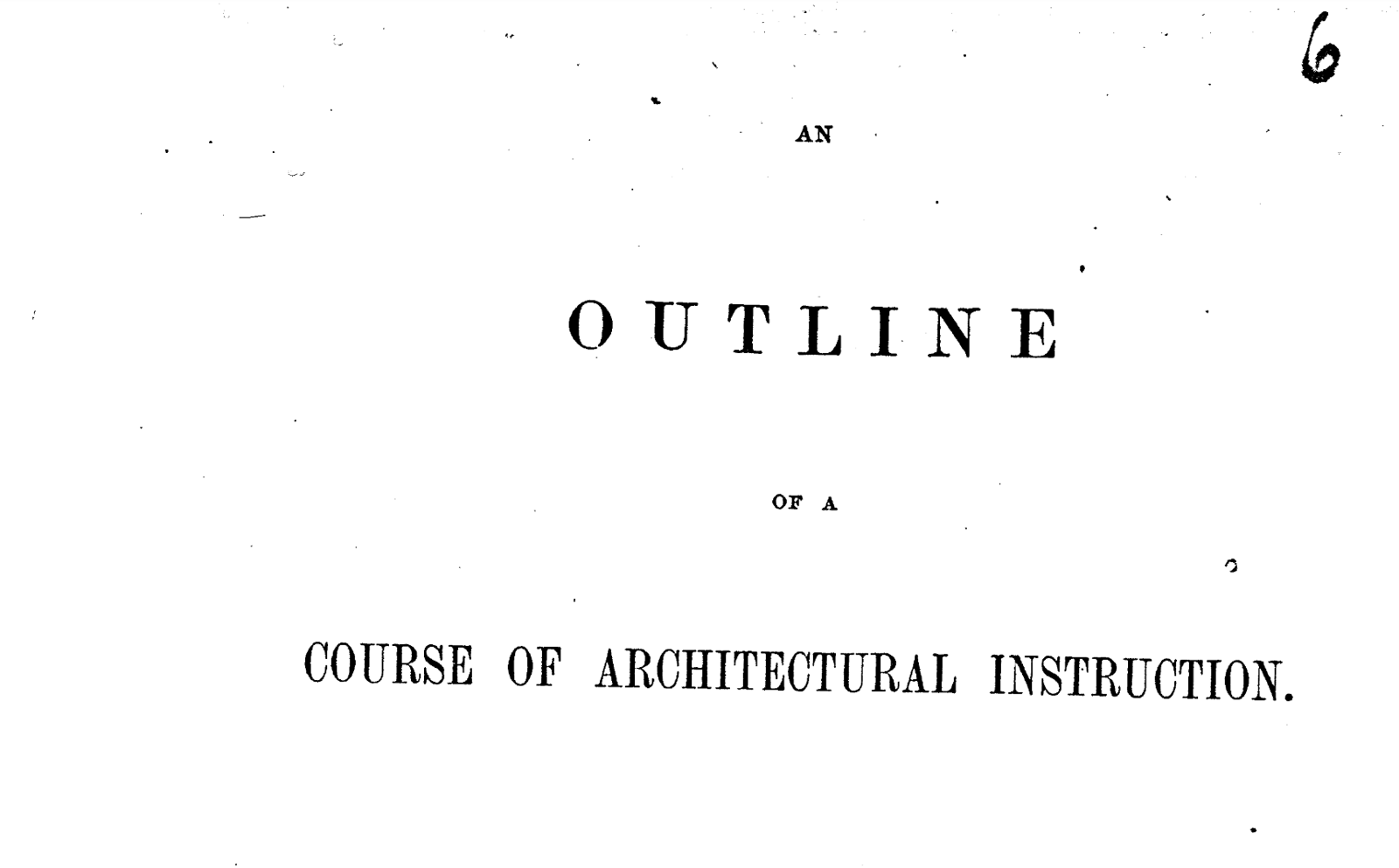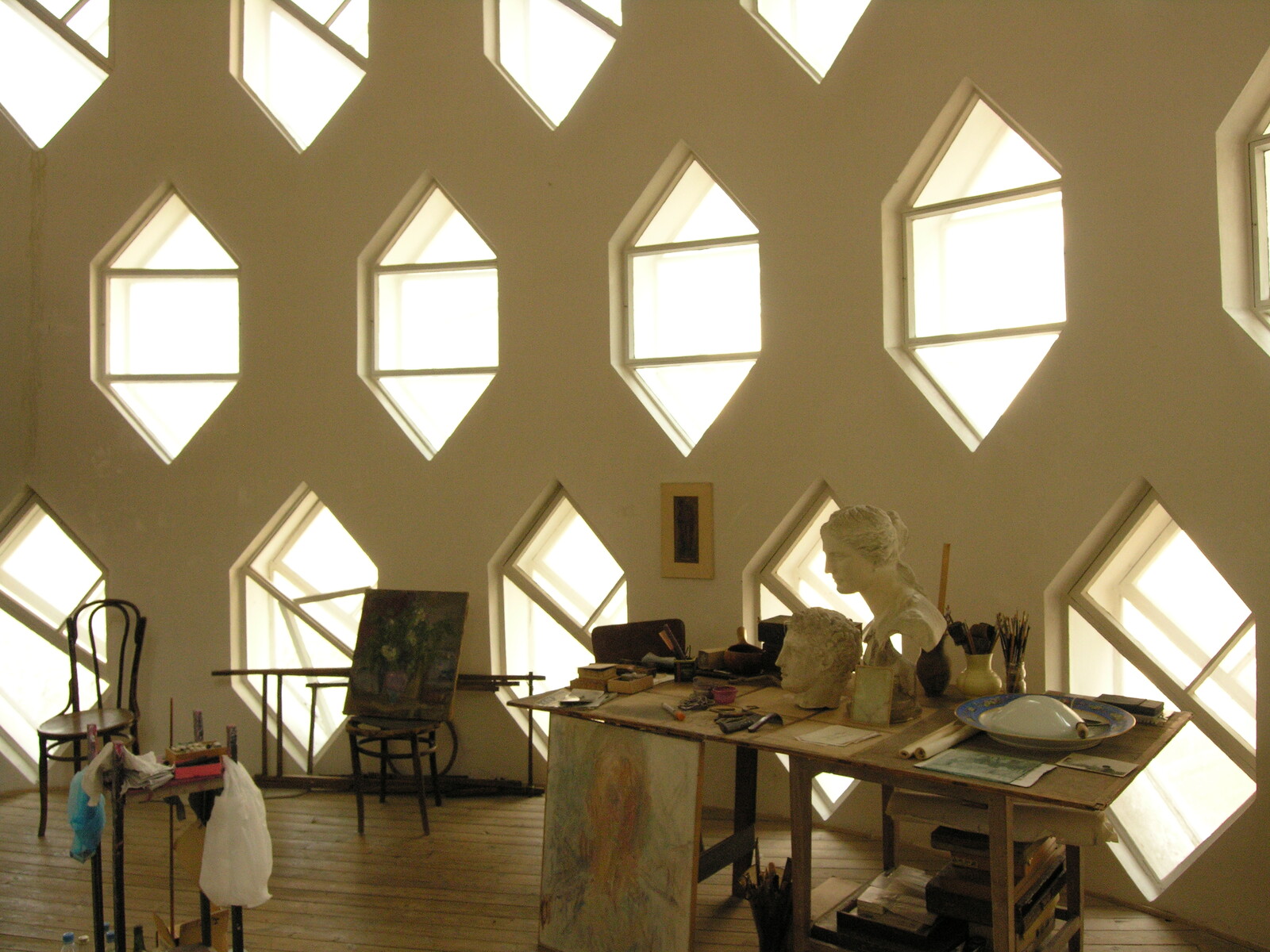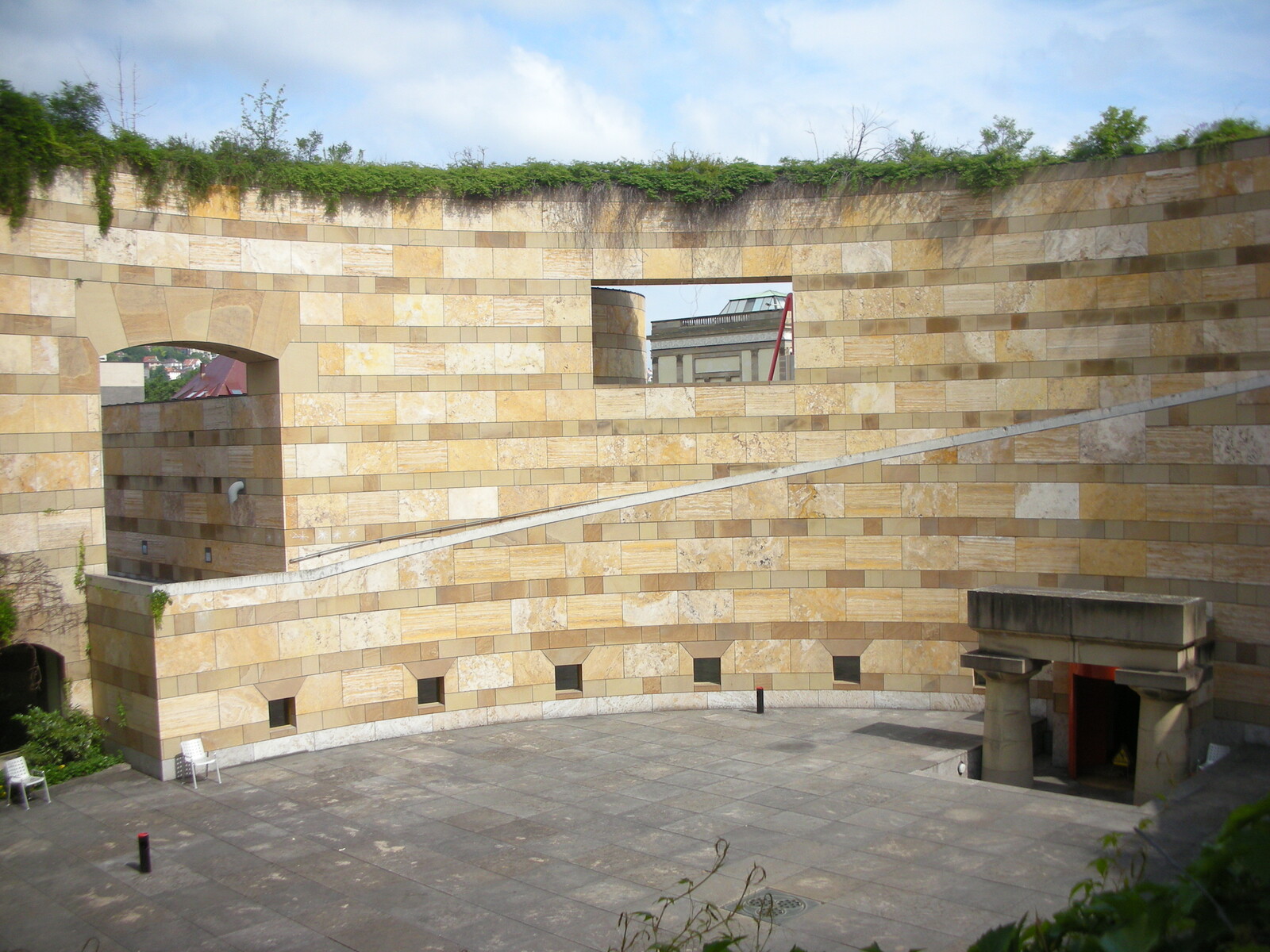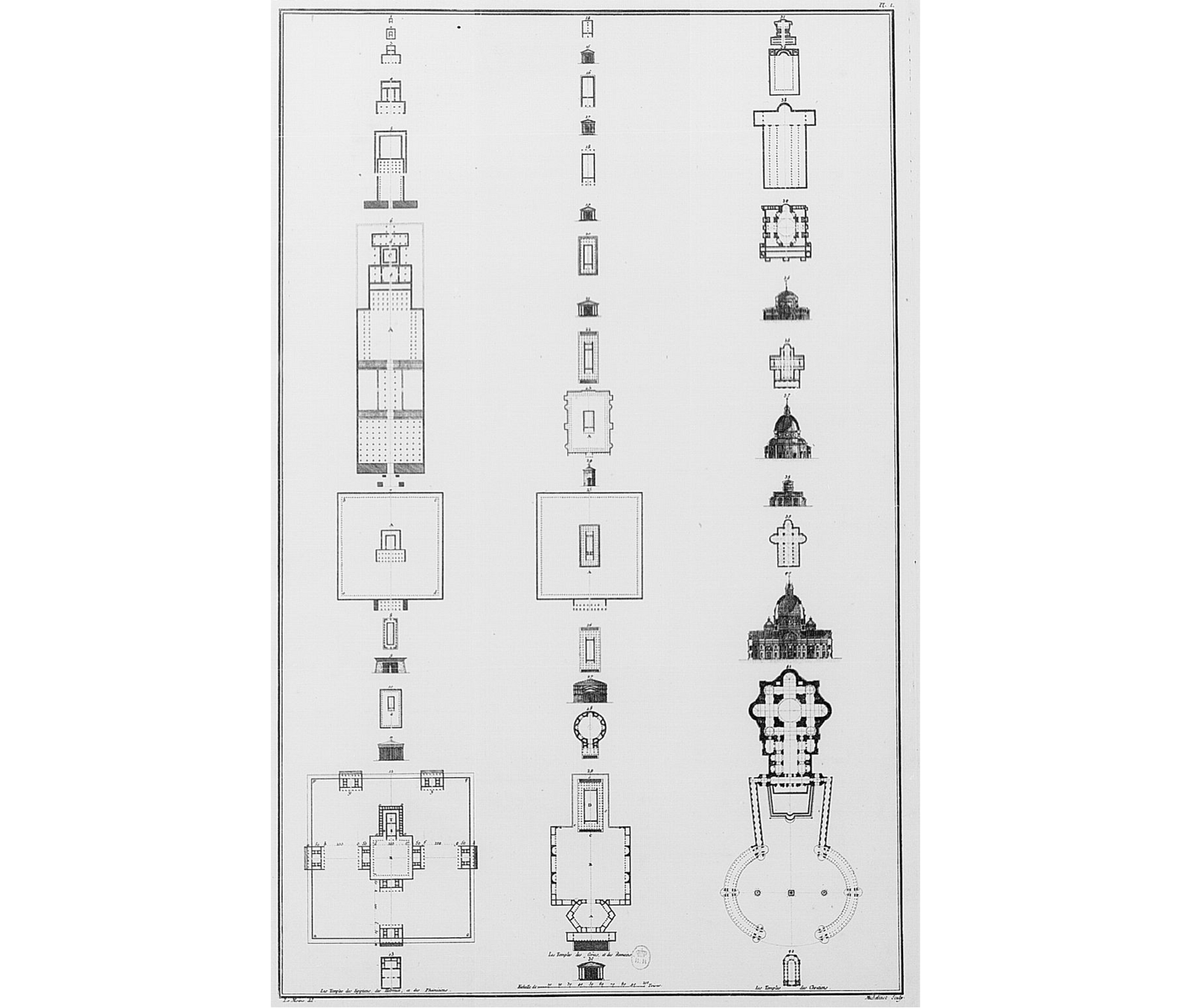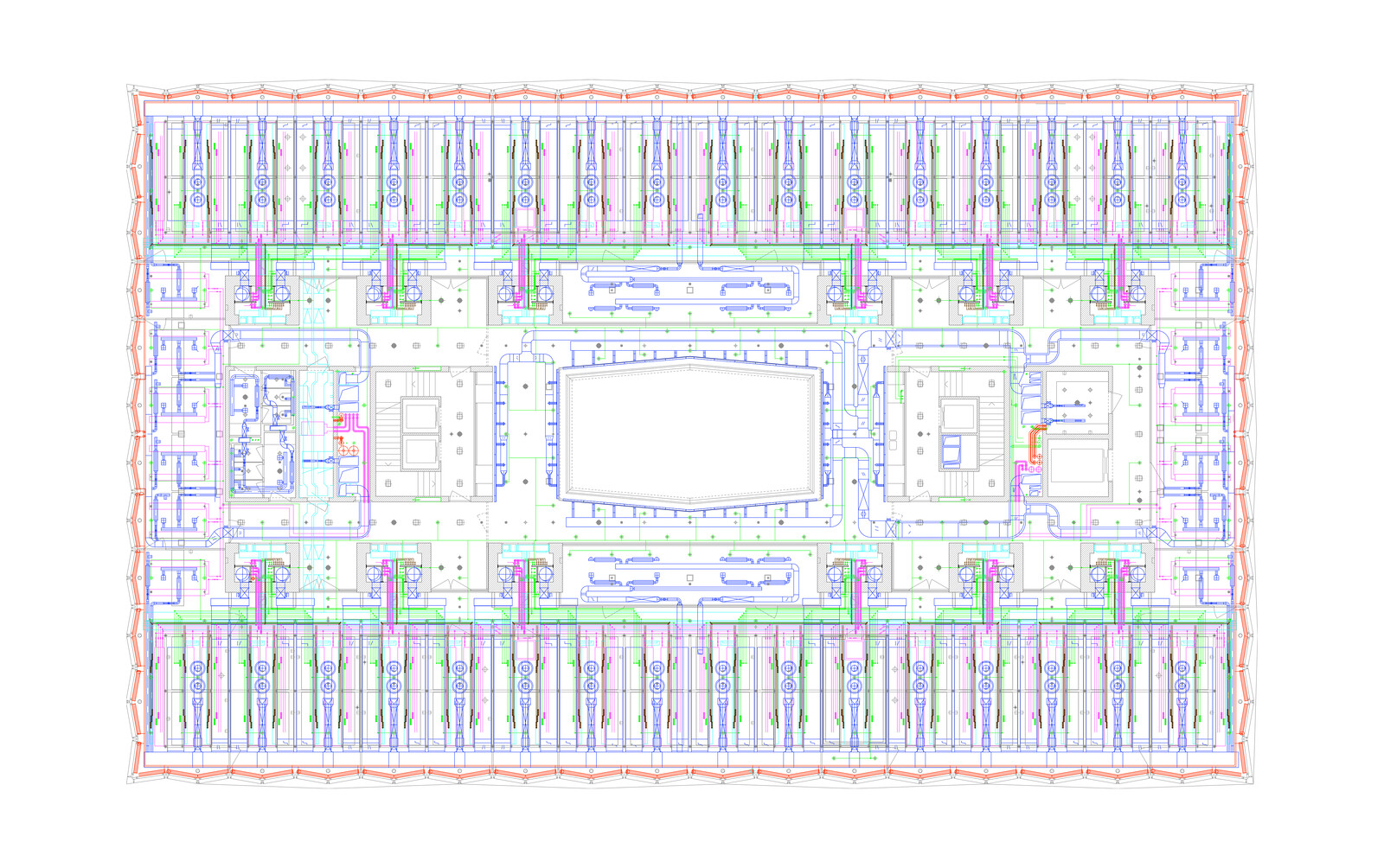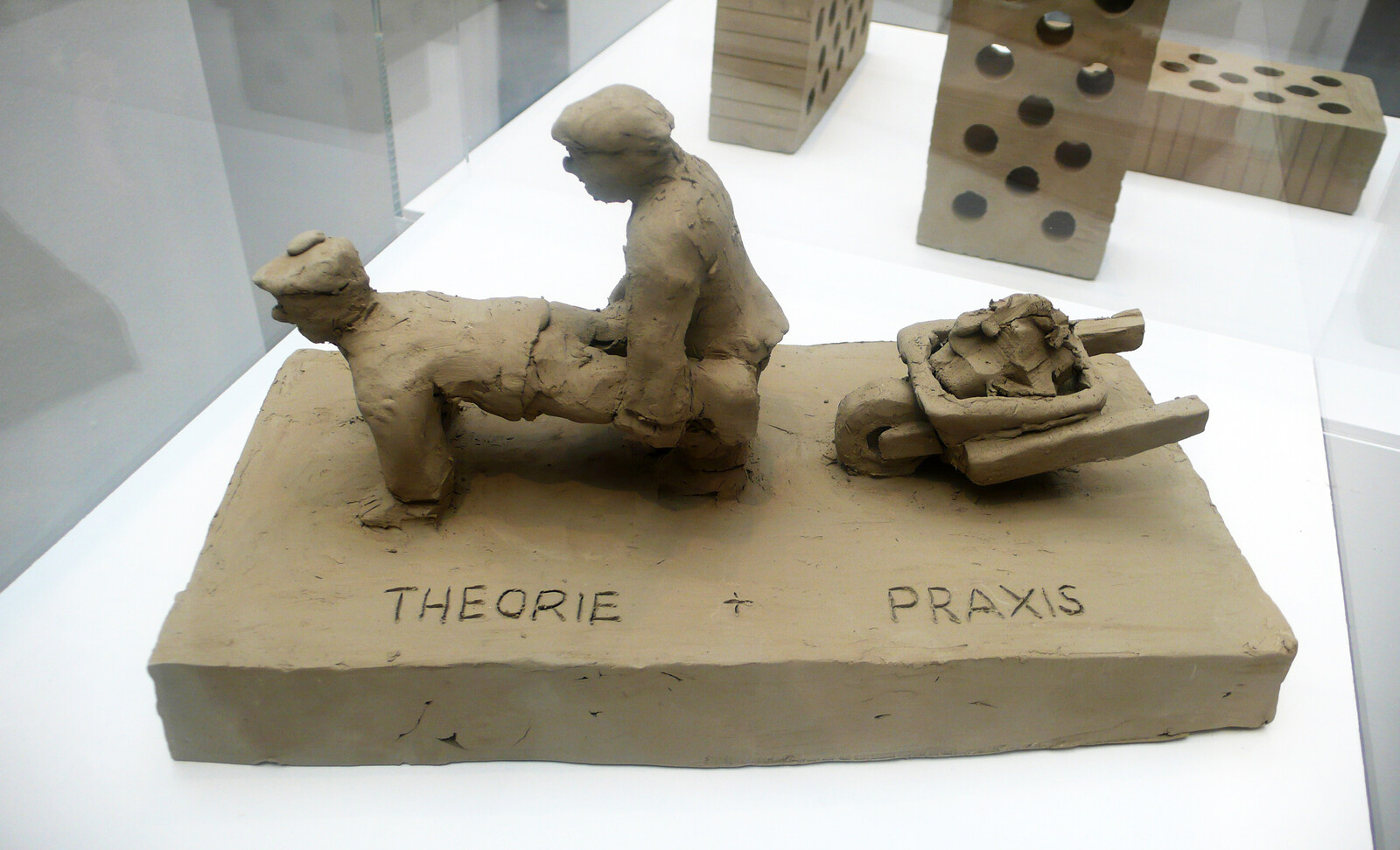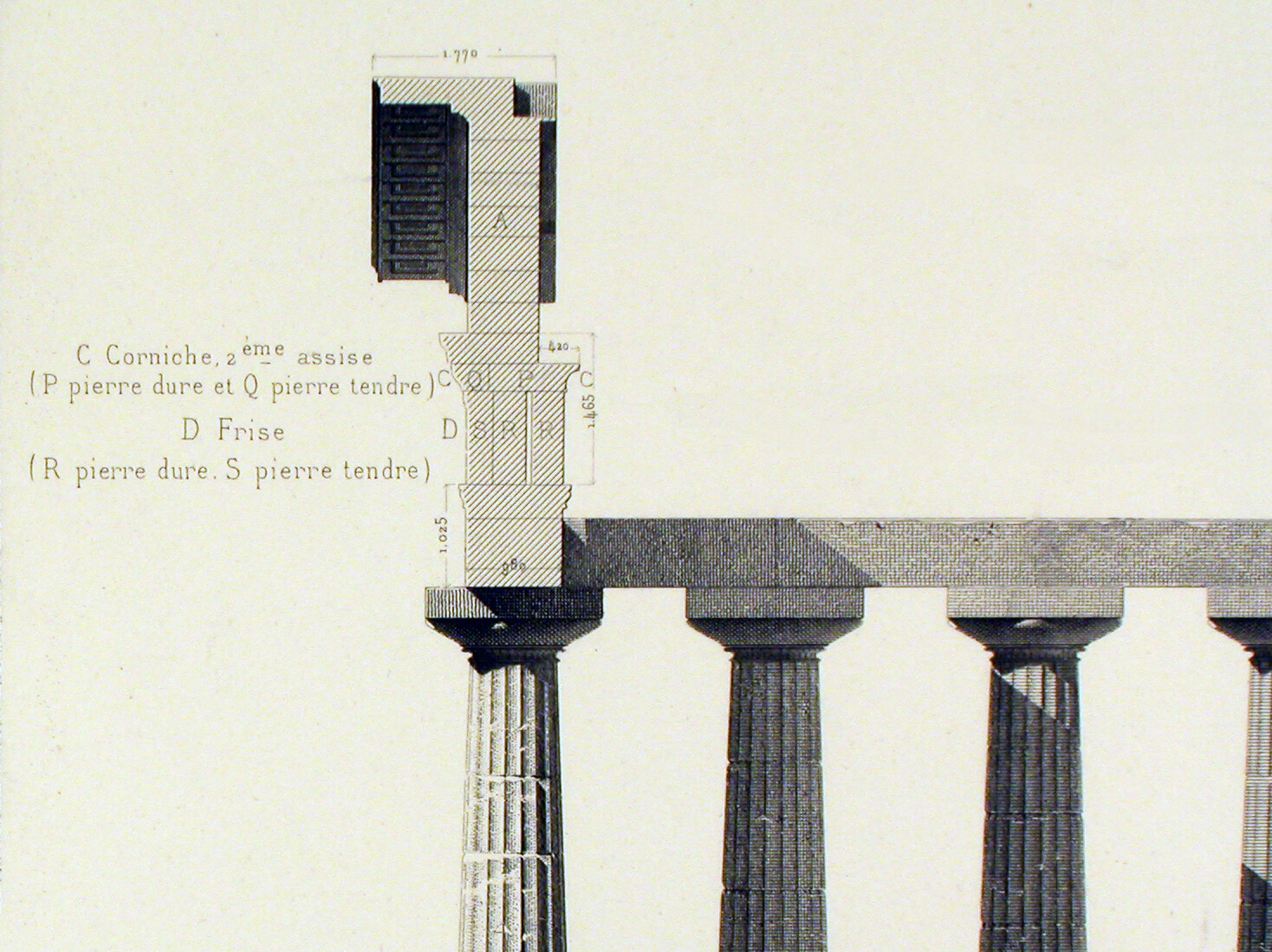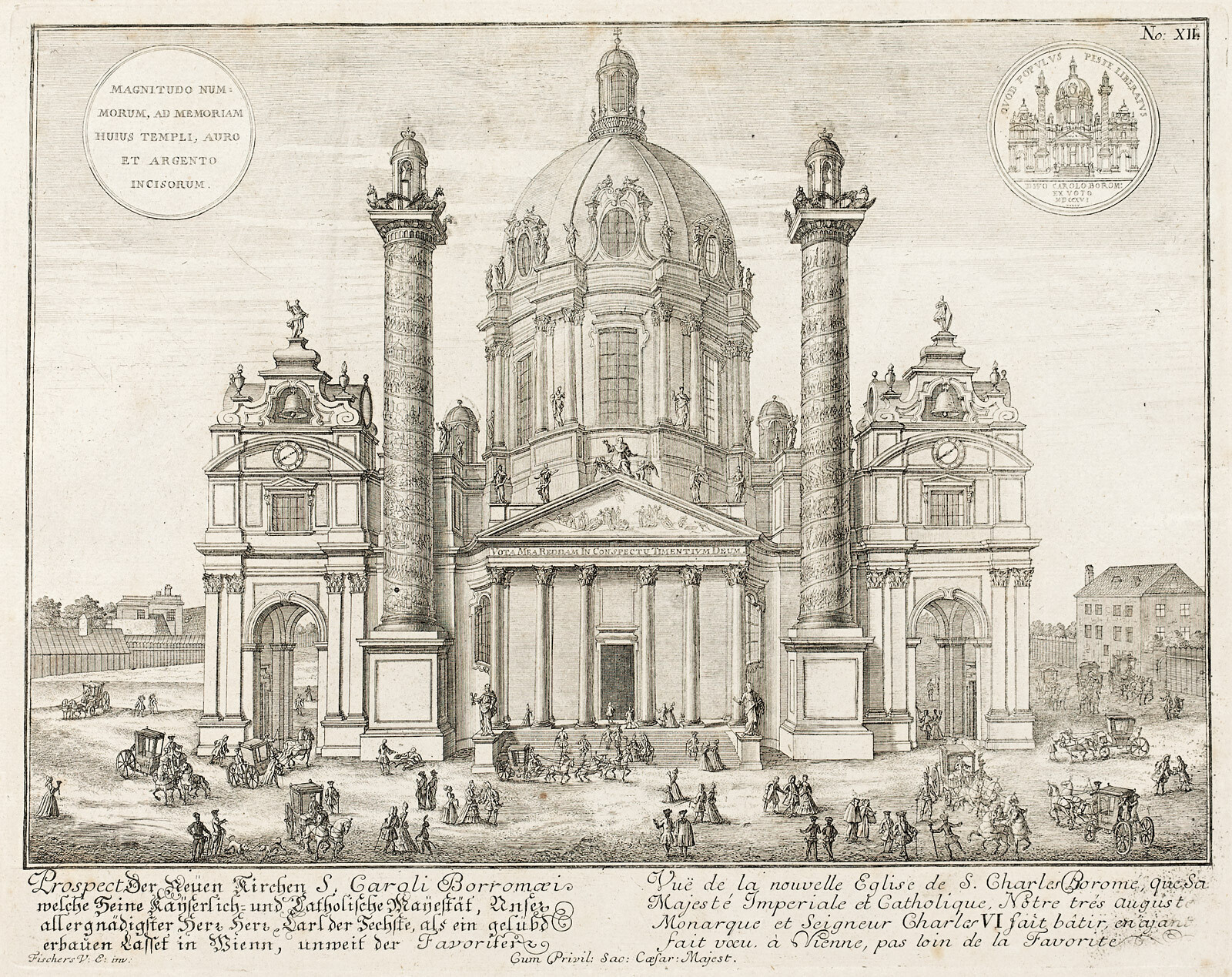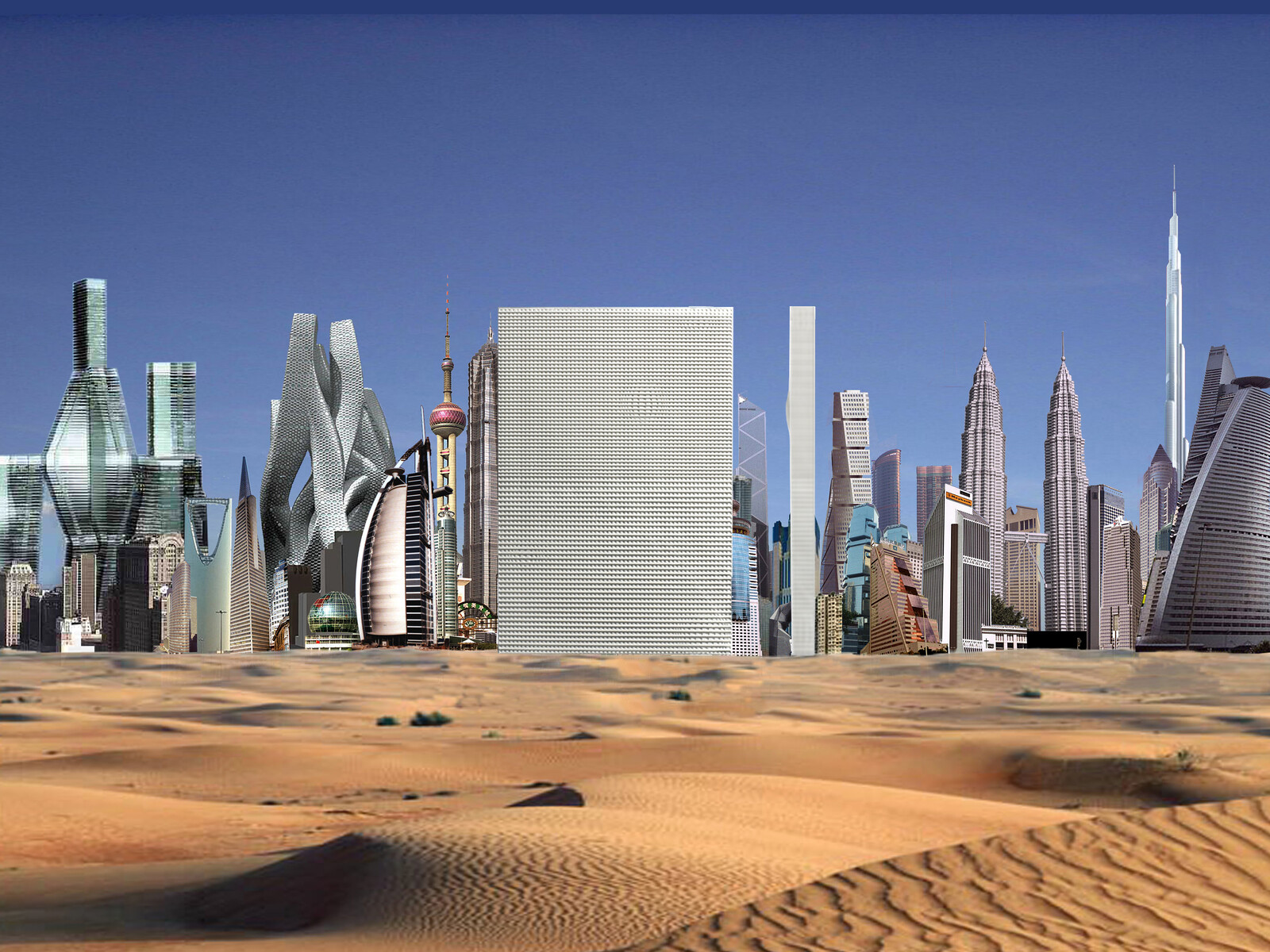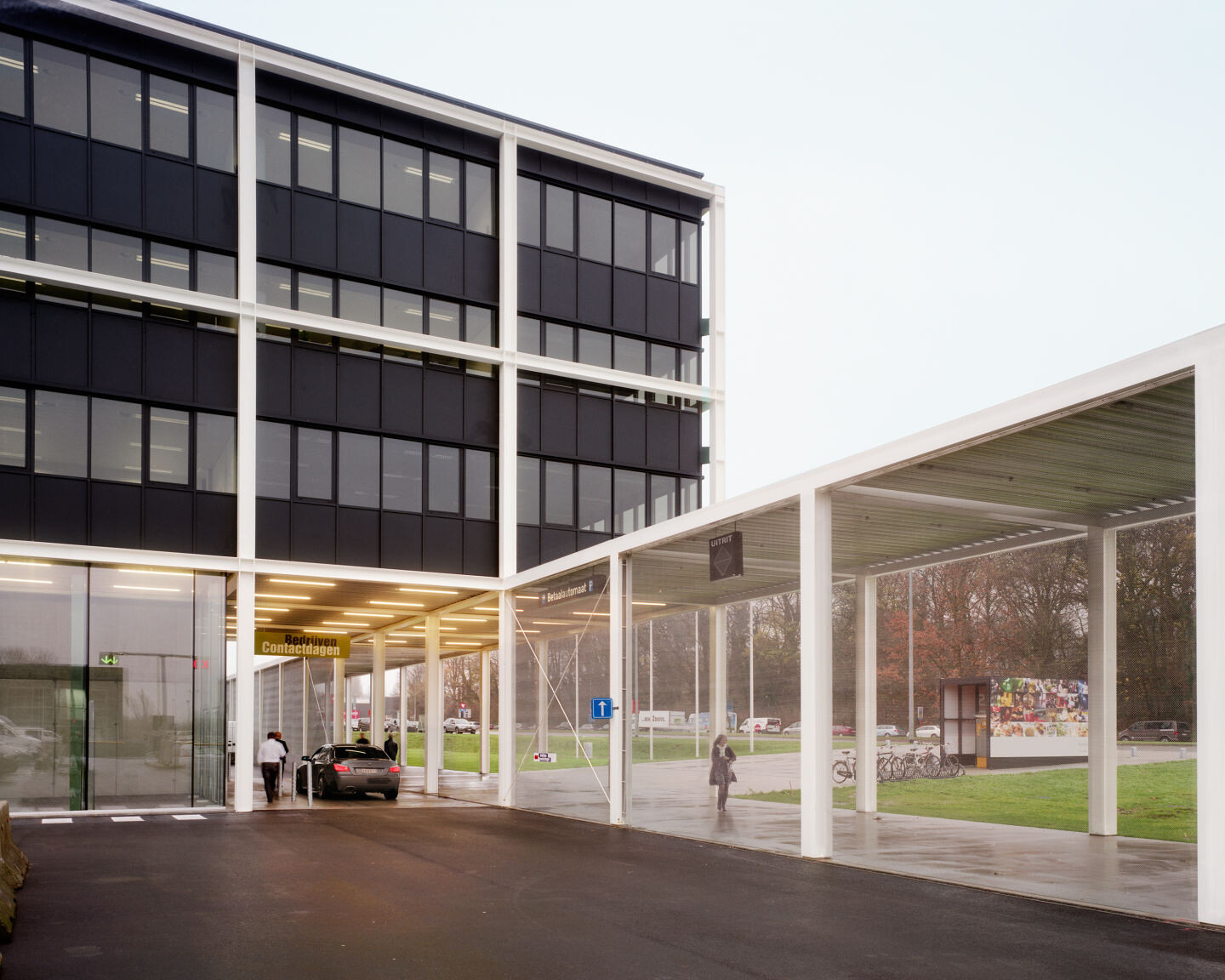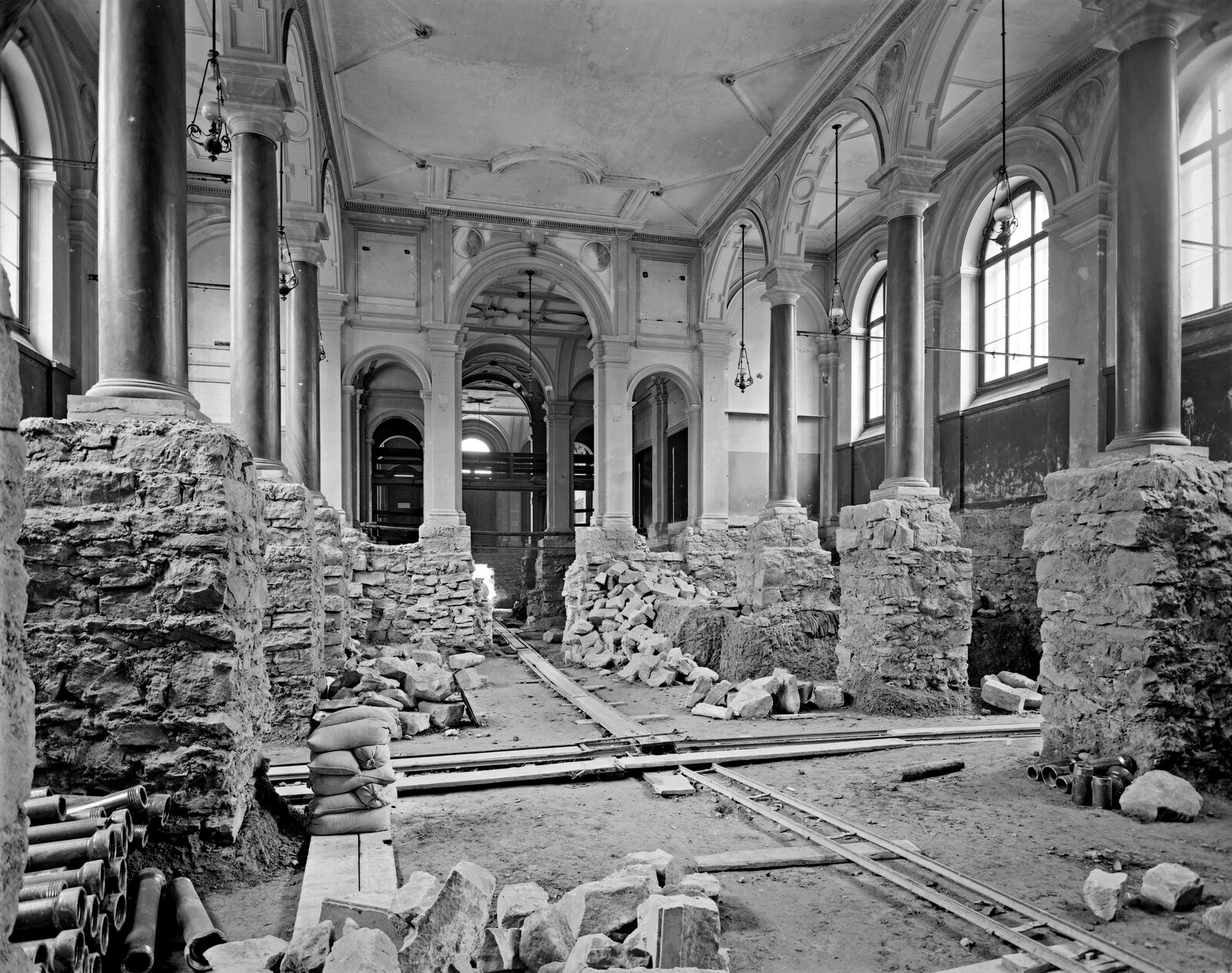The frame of reference for the vast majority of architectural histories and theories is central Europe and northern America, which often exclude the dynamic histories of colonialism, extraction, imperialism, migration, slavery, and wars, in spite of the fact that architects, decision makers, and populations have always been involved in these activities. What is often called “peripheries,” “Global South,” “developing countries,” “non-Western world,” or the “Other” exists in reference or in opposition to the so-called “centers,” “Global North,” “developed countries,” “Western-world,” or the “Self.” This set of measurements derives from and results in a world order that has colonial features. The assessment of the validity of architecture and its histories and theories is based on certain notions, paradigms, figures, forms, texts, buildings, and styles. This mechanism of evaluation regulates the understanding and interpretation of architecture, as well as the inclusion and exclusion of its histories and theories. It also promotes and privileges certain cultural and intellectual aspects over others. Consequently, these criteria play a crucial role in institutionalizing architectural histories and theories.
The processes of historicizing built environments from around the world are contingent on the sources that scholars draw upon and on the languages that they speak. To dismantle the colonial syndrome is to question the nature of the materials employed to construct architectural histories and theories, as well as the linguistic skills and cultural values of the interpreter of these documents. The interrogation of the interpreter, the why, how, and what is being interpreted is essential to the examination of the construction of histories and theories of architecture, their meanings, implications, and impacts. The written and unwritten protocols of the practice of architecture history and theory shape the inscription, transcription, production, and consumption of these histories and theories. Moreover, certain chapters of these histories and theories may be seen, or used, as instruments encouraging and reinforcing an intellectual domination and supremacy. The point here is not to undermine the discipline, nor to ignore the canonical texts and methodologies, but rather to underline possible conscious or unconscious colonial ramifications of writing the histories and theories of the development of the built environments and the dissemination of these scripts.
For instance, in historicizing early Modern architectural histories and theories—including European Renaissances—the existence of European colonial discourses, architecture, and planning in the large and abundant overseas colonies, colonized territories, departments, and protectorates of the European empires has often been overlooked and isolated. During this long period, numerous British, Dutch, French, German, Italian, Portuguese, and Spanish architects, engineers, planners, civil servants, and military officers were involved in building European empires and developing architectural knowledge, technologies, and techniques. Several theories, histories, materials, typologies, norms, forms, terms, buildings, villages, and cities were established in these “other” geographies since the first wave of European colonialism that began in the early fifteenth century.
A similar phenomenon occurred in historicizing architectural productions and knowledges in the aftermath of the Second World War and during the Cold War. The role that the colonies and colonized people played in reconstructing European cities and the consequences of the formal end of European empires have often been disregarded, in spite of the immense effect and huge scale of these colonial ruptures and legacies. Some of the most transformative events of the twentieth century occurred in Europe and in the African continent where various procolonial activities, anticolonial struggles, and wars for independence were taking place. The maps of these populations, territories and built environments changed within only a few years, the socio-spatial and politico-economic consequences of which were colossal on both sides of the Mediterranean, including the forced displacement and migration of populations, the presence of foreign military bases in newly independent countries, the rapid urbanization of cities and their suburbs, the reorganization of agricultural productions and natural resources extractions, the redistribution of building construction markets, the establishment of new political solidarities and alliances, etc. As a reminder:
In 1941, Ethiopia gained its independence from Italy;
In 1947, Eritrea from Italy;
In 1951, Libya from Britain and France;
In 1956, Sudan from Britain, and Morocco and Tunisia from France;
In 1957, Ghana from Britain;
In 1958, Guinea from France;
In 1960, Cameroon, Senegal, Togo, Mali, Madagascar, Benin, Niger, Burkina Faso, Ivory Coast, Chad, Central African Republic, Congo (Brazzaville), Gabon, and Mauritania from France, Congo and Somalia from Belgium, and Nigeria from Britain;
In 1961, Sierra Leone, Nigeria, Cameroon, and Tanzania from Britain;
In 1962, Burundi and Rwanda from Belgium, Algeria from France, and Uganda from Britain;
In 1963, Kenya and Zanzibar from Britain;
In 1964, Malawi and Zambia from Britain;
In 1965, Gambia from Britain;
In 1966, Botswana and Lesotho from Britain;
In 1968, Mauritius and Swaziland from Britain, and Equatorial Guinea from Spain;
In 1974, Guinea-Bissau from Portugal;
In 1975, Mozambique, Cape Verde, São Tomé and Principe, and Angola from Portugal, and Comoros from France;
In 1976 Western Sahara from Spain, but then occupied by Morocco, and Seychelles from Britain;
In 1977 Djibouti from France;
In 1980 Zimbabwe from Britain;
In 1990, Namibia from South Africa.
Ceuta and Melilla in North Africa (and other populations and territories around the world) are still under colonial rule.
Another flagrant example of these aware or unaware colonial implications of producing architectural histories and theories may be found in a number of descriptions of the built environments, as well as of their makers and users in “other” geographies. Due to a deliberate hegemony or a bizarre incompetence, these readings and interpretations often distort and misrepresent the populations and their architecture. They are asserted through lenses that correspond to the frame of reference of the interpreter (architect, scholar, traveler, civil servant, military officer, or journalist), who did not capture the significances of the subject or object in question, but rather searched for similarities and differences between the “other” and the “self.” This approach of reading, interpreting, and writing reduces cultural richness, destroys local specificities, and imposes a universal system of measurement and evaluation.
The invention of the “other”—racial, religious, or gender—corresponds to the commencement and the commandment of modern human exploitation and resource extraction, which long hid behind the mask of the “civilizing mission.” It was a mission that European colonial regimes self-assigned themselves in order to intervene in the way that existing communities, kingdoms, tribes, and societies governed themselves, lived, and built. This dogmatic and authoritative “civilizing mission” consisted of destabilizing and discounting prevailing codes and spreading, instead, European beliefs, principles, and languages in compliance with a colonial ideology dubbed “assimilation.” Consequently, a number of modern European and white North-American—as an outcome of European colonialization—histories and theories of architecture are embedded in the histories of constructs, oppressions, suppressions, and subjugations.
Similarly, naming certain historical periods, and thereby their corresponding built environments, is dependent on a European frame of reference. This reference is partial, inappropriate, and sometimes outright erroneous. The “pre-Columbian” era refers to the history of the Americas before the arrival of Italian navigator and colonist Cristopher Columbus in the Americas, as if this territory did not exist before a European man saw it for the first time. The appellation “American Indian” Architecture refers to the built environments of the people that Columbus mistakenly named Indios (“Indians”) as he believed that he reached the shores of East Indies during his search for a western passage to the Indies. European colonizers have also invented the appellations “Negro village,” “village nègre,” “villaggi negri,” “Negerdorf,” “Negerdörfli,” in order to name the settlements that were inhabited by brown and black populations in colonized African territories. It was the Portuguese who introduced the term “Negro”—literally meaning “black”—in the fifteenth century to designate Bantu peoples that the Portuguese had encountered when they arrived in Southern Africa. Since then, the term has been used in various languages and forms, and it epitomizes a myriad of violent histories and racist connotations, which continue to this day.
When architectural histories and theories endeavor to question the processes and achievements of modernity and technology, they should include the history of capital, warfare, and colonialism, even if the majority of these histories are formulated and taught for the most part in schools and departments of architecture and art history. If territories and built environments are treated as documents of particular socio-cultural and politico-economic moments, they can be interrogated, challenged, rewritten, and taught in relation to these moments, rather than in isolation from them. This is not to advocate for “hybridity” or a “third way,” but rather to amplify the discussed or undiscussed possibilities and limits of the discipline. The very fact that this text is written in English and published on this platform has its possibilities, as well as its limits—this is obvious. But to problematize the possibilities as well as the limits of this condition is not a norm.
Over the course of the last decades, architectural histories and theories have dialogued with and borrowed from other disciplines, including philosophy, geography, environmental and critical studies, feminist, queer, political, and postcolonial theories. Some of these conversations have produced stimulating and prolific perspectives. They have introduced an essential re-writing and re-reading of established actors, authors, events, and texts. These dialogues are, however, contingent on the linguistic capabilities, cultural values, and the aforementioned frame of reference of those who produce and disseminate them. In other words, some of these disciplines suffer from the same colonial symptoms they seek to redress as they failed to account for race or class differences, and therefore, they do not—indeed, cannot—always release the colonial ramifications of architectural histories and theories. This is also because the essence of architectural histories and theories is distilled in a laboratory that selects, boils, and condenses only, and often exclusively, certain types of components. This filter impacts the very reading and interpreting of these histories and fortifies the hegemony of the distilled narrative. There is no doubt that the incorporation of other disciplinary knowledges resulted in constructive and crucial shifts, but there is also the need to acknowledge that some of these knowledges are bound by colonial frames of reference, thought, and dissemination.
The reexamination of the cartographies of architectural histories and theories demands a renegotiation of methodological boundaries and bias, a reconsideration of theoretical assumptions and conventions, and a recognition of geographical absences and presences. To be effective and infective, this expansion cannot count on adding to what is already there, because this will mimic the binary oppositions between “North” and “South,” or between “West” and “East,” strengthening the domination of colonial narratives and maintaining its frame of reference. Rather, this reexamination should rethink the very episteme that architectural historiography has generated and circulated; that is, to theorize the very architectural histories that are taught today around some parts of the world and that, sometimes, seem to be homogeneous and hegemonic. If this seems to be a huge effort, or an impossible mission, then there is something problematic about architectural knowledge, education, pedagogy and practices.
Colonial ramifications also refer to endocolonial impulses and neocolonial attitudes. These comportments are structural and they obey the commandment of the dominant race, class, religion, ethnicity, or gender. They dictate and influence the intellectual sustenance and the financial support of what should be researched, archived, and historicized, and what should not. Endocolonial and neocolonial conditions of people and by people—and their respective built environments—are being formed, informed, and performed by the coloniality of race, class, religion, ethnicity, or gender. To consider this colonial domination and systematic marginality of certain regions and groups—which characterize various democratic states—is to ask authors and readers to stop searching for absences, deficiencies, and dysfunctionalities, and begin observing and absorbing what is there without trying to associate it with what they know. The historical phenomenon of colonialism and the plurality of effects, representations, and discourses it has engendered, including the racist “civilizing mission” and the violent ideology of “modernity,” composes a number of architectural histories and theories. It is thus vital to join those who have started to provide a critique of coloniality of architectural histories and theories—in their multiple temporal and spatial manifestations—which not only challenges the limits of conventional narratives and hegemonic interpretations, but also destabilizes ideological colonial assumptions and mobilizes a variety of anticolonial approaches and voices.
History/Theory is a collaboration between the Institute for the History and Theory of Architecture (gta), ETH Zürich and e-flux Architecture.
